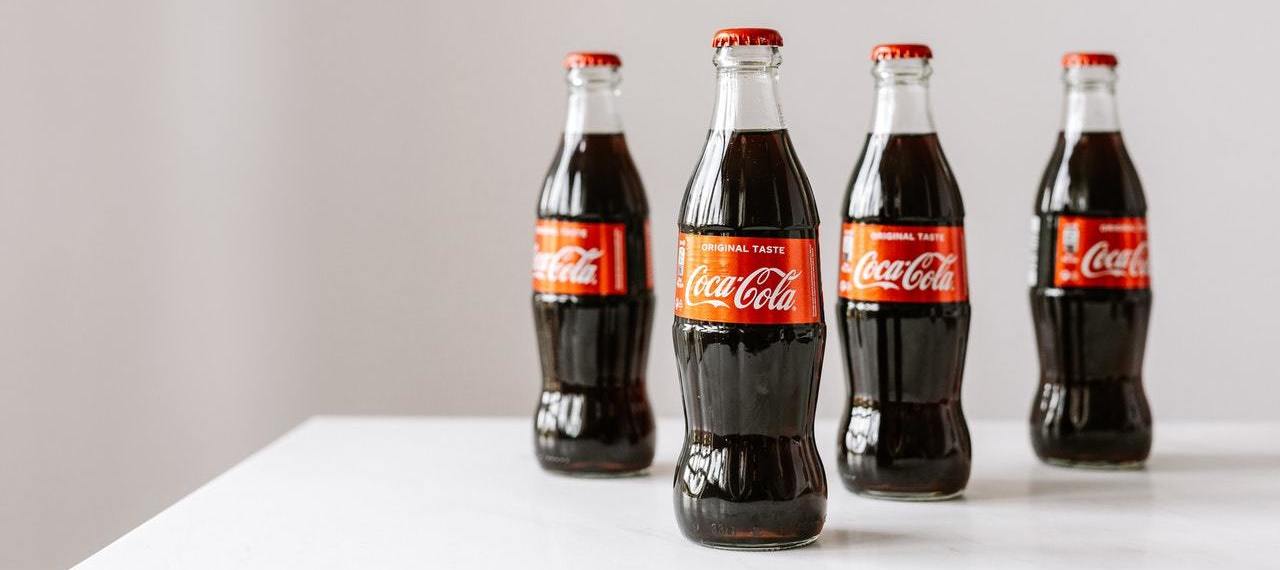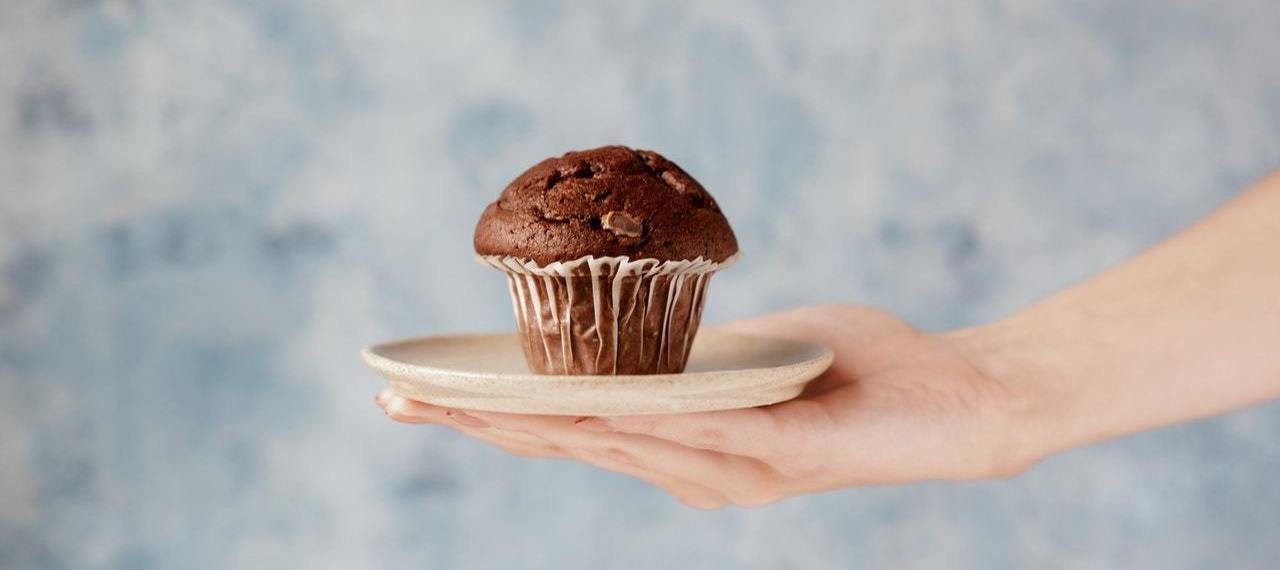8 Tips For Producing The Best Product Photography For Your Ecommerce Store
If you’re running an ecommerce store, promoting your products online, or advertising; producing good product photos may be one of your biggest headaches.
Unless you are a big corporate business, affording a professional photographer is not always possible. But don’t worry; you can create your own photographs that will make your products stand out.
We’ve put together our top tips to help you get started and you don’t need a fancy, expensive camera either! In fact, most product photography can be achieved with your mobile phone or a tablet.
The benefit of good-quality product photography

Let’s start with a statistic; 93% of consumers believe that the visual appearance of a product is the main deciding factor in their purchasing decision.
The better the photography, the higher the perceived value and the more consumers will trust your brand. A poor quality image infers a poor quality product and when it comes to online sales, that potential customer is gone in just one click.
High quality images can be the difference between making that sale and losing a customer, particularly if you are selling a product with a lot of competition. You are up against many other options and your photographs have to make your product and brand stand out from others.
If you’re just starting out in the ecommerce world, taking the time to focus on high quality product photography is key to setting off on the right foot.
Whether the photographs are going to be used to promote your products across social media, on your ecommerce website or in advertising, they are the initial visual attraction the consumer sees. You’ve got to catch their eye and have good enough quality images to make them want to see more. Consider the 80/20 rule; consumers remember 80% of what they see and just 20% of what they read.
Tips for producing good product photography

Tip 1 – Lighting:
This is probably one of the most important aspects of product photography. As Tony Northrup said in his article for the Digital Photography School, just because you’ve used a white background, if it’s not lit properly it will appear grey in the image. Nobody wants to see shadows in their images; they need to be clear and crisp.
Natural lighting is considered the best but studio lighting can be created. Think about the product you are going to photograph, where that image is going to appear, i.e. your website or social media, and how it’s going to be used. This will help to determine which form of lighting is most suitable.
If you’re taking the photos inside, make sure the product is facing the window so as much natural light falls on the product as possible. If outside, opt for a slightly overcast day or if the sun is out, go for early morning or late afternoon as the sun will cast fewer shadows.
Tip 2 – Tripods:
Although we might think we have a steady hand, more often than not we don’t, particularly when it comes to photography. Invest in a simple tripod to hold the camera in one place to reduce blur and create professional, high quality images.
Tripods are available for all ranges of camera as well as for iPhones and iPads. They aren’t expensive and can be found on sites like Amazon or eBay.
Tip 3 – The rule of thirds:
Most photographers who have attended a photography class will know the rule of thirds. Essentially, it is visualising your image in nine equal segments. Decide where the main focus of your image is going to be, i.e. the product, to create a well-balanced image.
Darren Rowe, founder of the Digital School of Photography, says: “Studies have shown that when viewing an image, people’s eyes are drawn to one of the intersection points naturally rather than to the centre of the image. Using the rule of thirds helps to develop this natural way of viewing an image rather than working against it.”
Tip 4 – Props:
If you’re thinking of using props, keep it simple. The focus should be your product, not the prop itself. Ensure the prop is in keeping with the product’s aesthetics and colour scheme. A prop is there to enhance your product, not overshadow it.
Tip 5 – Follow photograph specifications:
Most platforms, be it social media, your website or other shopping sites such as Amazon or Google Shopping, have very specific requirements when it comes to uploading images.
For example, Amazon specifies that product photos must be in one of four templates - .tiff, .jpg/jpeg, .gif or .png. The images must be named correctly with the correct file extension, and the background must be white without any additional text, graphics or images.
Google Shopping also requests product photos to be of a certain size, such as a minimum of 100 x 100 pixels for non-apparel and 250 x 250 pixels for apparel images. If you don’t follow these requirements, your product image will be affected and could end up being cropped, blurred or refused altogether.
Tip 6 – White backgrounds work best:
Keep backgrounds as plain as possible to avoid the consumer’s focus moving to the background, rather than your product. With a busy or patterned background, you run the risk of your product being ‘lost’. White is always preferred, and some sites insist on white backgrounds. However, if you are opting for a coloured background, choose one that is pale in colour.
Tip 7 – Show off the range and colours:
If your product comes in a variety of colours, styles or sizes, show them off. As you’re selling online, your customers can’t physically see and touch the product. Therefore, it’s important to illustrate the different colours and quality. It’s also a good idea to showcase any specific details about your product.
Tip 8 – Size, scale and orientation:
It’s more than likely that the product photographs you take will be used on different platforms. Consider how you will be presenting your images.
For example, if posting on social media, most channels require images that are square, such as Instagram. If you are placing a banner ad online, it will need to be landscape. When it comes to the design of your website, it could be a case of using landscape and portrait images. Whilst your photographs can be cropped, this will reduce the file size.
We’ve highlighted the most prominent tips in ensuring great product photography for your ecommerce website and other online channels. As always, if you’re not sure, consult a professional photographer.
Looking for a new ecommerce website or online shop? At it’seeze Web Design Ashford, we create stunning, easy to use ecommerce websites that are both affordable and effective. We can even arrange the website photography for you, so it’s one less thing to worry about. Contact us to find out more about our web design services and how we can help your business.
Tagged as: Ecommerce, Web design
Share this post:




